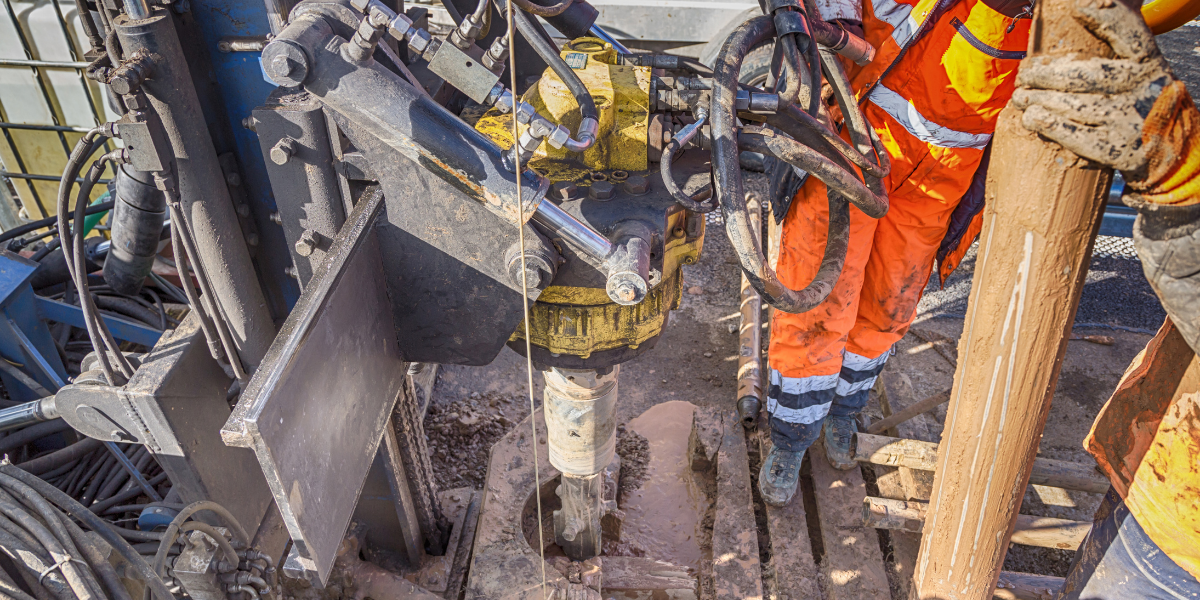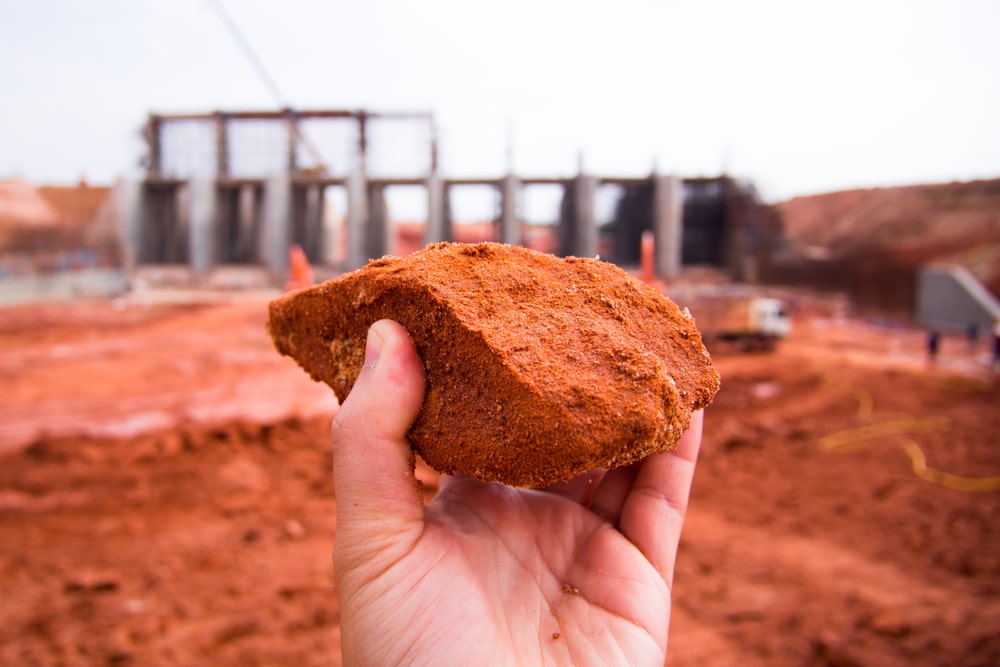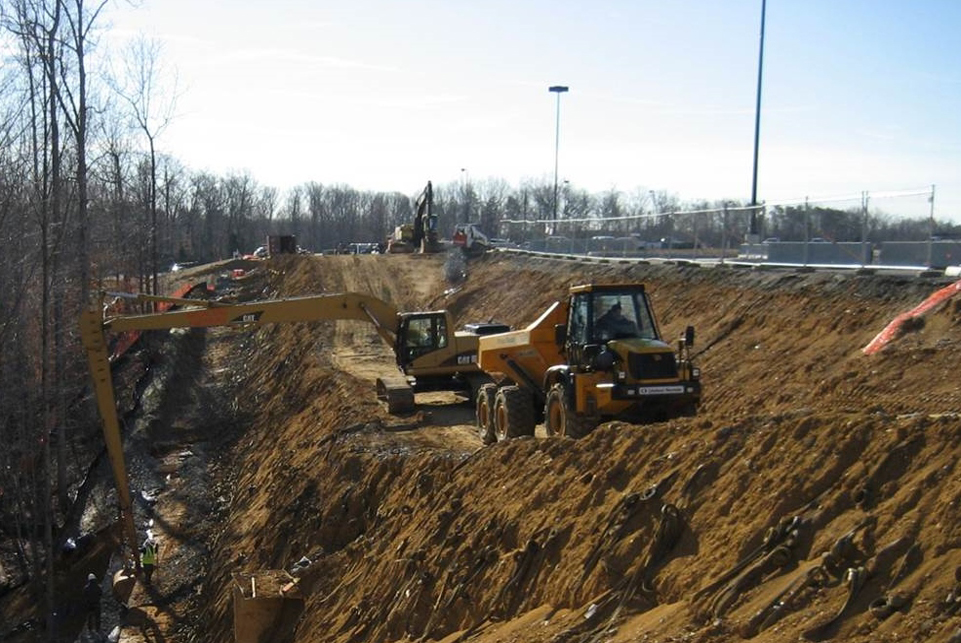Why the Geotechnical Industry Demands Cutting-edge Solutions Currently
Wiki Article
The Necessary Payments of Geotechnical Engineers in Evaluating Dirt Actions and Structure Layout for Lasting Infrastructure Development
Geotechnical designers work as a keystone in the world of sustainable infrastructure advancement, where their expertise in evaluating soil actions straight affects the security and durability of frameworks. By utilizing sophisticated methods such as Typical Infiltration Examinations and Cone Infiltration Screening, they diligently review dirt residential properties, bring about educated choices on foundation design. These assessments not only mitigate threats related to differential negotiation however likewise pave the way for innovative, eco aware methods. As we check out the crucial function they play, the implications of their contributions raise vital inquiries regarding the future of facilities durability and sustainability.Duty of Geotechnical Engineers

Along with website examinations, geotechnical designers assess potential threats such as dirt liquefaction, slope stability, and groundwater issues. They use innovative design concepts to establish solutions that minimize these dangers, making sure that designs follow pertinent codes and requirements. Their job typically involves cooperation with other design self-controls, designers, and environmental researchers to produce incorporated techniques to infrastructure development.
In addition, geotechnical engineers add to sustainable techniques by advertising using materials and techniques that reduce ecological influence. Through their thorough understanding of soil mechanics and geology, they play an essential role in promoting safe, durable, and lasting infrastructure that satisfies the demands of society while securing the atmosphere.
Dirt Behavior Assessment Methods
Recognizing soil behavior is essential to educated decision-making in geotechnical design, as it straight influences the design and building procedures. Numerous assessment methods are utilized to examine dirt properties, guaranteeing precise forecasts of its efficiency under various loading problems.One key method is the Basic Infiltration Examination (SPT), which supplies understandings right into dirt thickness and uniformity via the resistance run into throughout infiltration. Cone Penetration Testing (CPT) provides a continuous profile of dirt stratification and in-situ toughness criteria, allowing a much more in-depth understanding of subsurface conditions.
Laboratory tests, such as Atterberg limits, unconfined compressive toughness, and triaxial examinations, are necessary for defining soil behavior under controlled problems. These examinations help with the decision of vital specifications, including shear leaks in the structure, compressibility, and toughness.

Foundation Design Principles
Structure design concepts are crucial for guaranteeing the stability and longevity of structures, as they dictate exactly how lots are sent from the superstructure to the underlying soil. These principles encompass various factors to consider, consisting of load-bearing ability, negotiation, and lateral stability. An extensive Related Site understanding of soil mechanics is important for geotechnical engineers to review the communication in between the structure and the dirt.One secret principle is the suitable choice of structure kind, which might consist of superficial foundations, such as spread footings, or deep structures, like caissons or piles, depending upon soil problems and structural tons - geotech engineer. The structure must be created to lessen differential negotiation, which can bring about architectural damages

Lasting Infrastructure Practices
Exactly how can we efficiently integrate sustainability into framework techniques? Sustainable infrastructure techniques begin with extensive website analyses, which examine dirt actions, regional environments, and resource schedule.Additionally, employing ingenious building techniques, such as utilizing recycled materials and low-impact structures, considerably lowers the carbon footprint of framework projects. Geotechnical designers play a critical duty in selecting ideal check this materials that improve sturdiness and sustainability, such as making use of geo-synthetics to enhance dirt stability and minimize erosion.
Additionally, lasting infrastructure methods call for ongoing surveillance and maintenance to make certain that structures stay resilient gradually. This includes applying adaptive administration strategies to attend to potential environmental adjustments. Partnership amongst stakeholders-- including designers, neighborhood communities, and policymakers-- is vital for integrating sustainability goals right into project preparation and implementation. Inevitably, these techniques not only add to the long life of frameworks yet likewise promote a healthier environment, lining up infrastructure advancement with broader sustainability purposes.
Study and Applications
Study in geotechnical engineering give useful insights right into the functional applications of dirt behavior and sustainable infrastructure practices. One noteworthy example is the construction of the Burj Khalifa in Dubai, where extensive dirt screening and analysis were conducted to evaluate the unique obstacles presented by the area's loose sand and high water table. Geotechnical engineers used advanced strategies such as vibrant probing and cone penetration screening to establish the dirt's load-bearing ability, ultimately resulting in the design of a deep foundation system that supports this legendary structure.One more important situation is the remediation of the San Francisco-Oakland Bay Bridge after the 1989 Loma Prieta quake. Geotechnical assessments disclosed the requirement for soil stablizing techniques, consisting of grouting and soil nailing, to boost the seismic durability of the structure. These interventions not just enhanced the bridge's safety yet also added to its durability and sustainability.
Such case researches exemplify how geotechnical designers play a crucial function in comprehending dirt habits and using ingenious options to make sure the browse around here structural integrity and sustainability of infrastructure projects. geotech engineer. Their knowledge is vital in addressing the complex challenges posed by numerous dirt conditions throughout diverse geographical areas
Final Thought
To conclude, the contributions of geotechnical designers are essential for the evaluation of soil habits and the layout of foundations, which are important for lasting infrastructure advancement. Via the application of advanced testing techniques and cutting-edge materials, these experts ensure the security and safety of frameworks while minimizing ecological effects. The assimilation of lasting practices promotes durability in facilities tasks, highlighting the significance of cooperation amongst stakeholders to achieve effective building solutions that satisfy both societal and environmental needs.Geotechnical designers offer as a keystone in the world of lasting facilities advancement, where their proficiency in evaluating soil behavior directly affects the safety and security and long life of frameworks.Geotechnical engineers play a critical duty in the layout and building of facilities by evaluating soil and rock behavior to ensure security and safety and security. A thorough understanding of dirt auto mechanics is necessary for geotechnical engineers to assess the interaction between the soil and the foundation.
Geotechnical analyses disclosed the need for dirt stablizing techniques, consisting of grouting and dirt nailing, to enhance the seismic strength of the foundation.In conclusion, the payments of geotechnical engineers are vital for the analysis of soil behavior and the layout of foundations, which are vital for sustainable framework advancement.
Report this wiki page